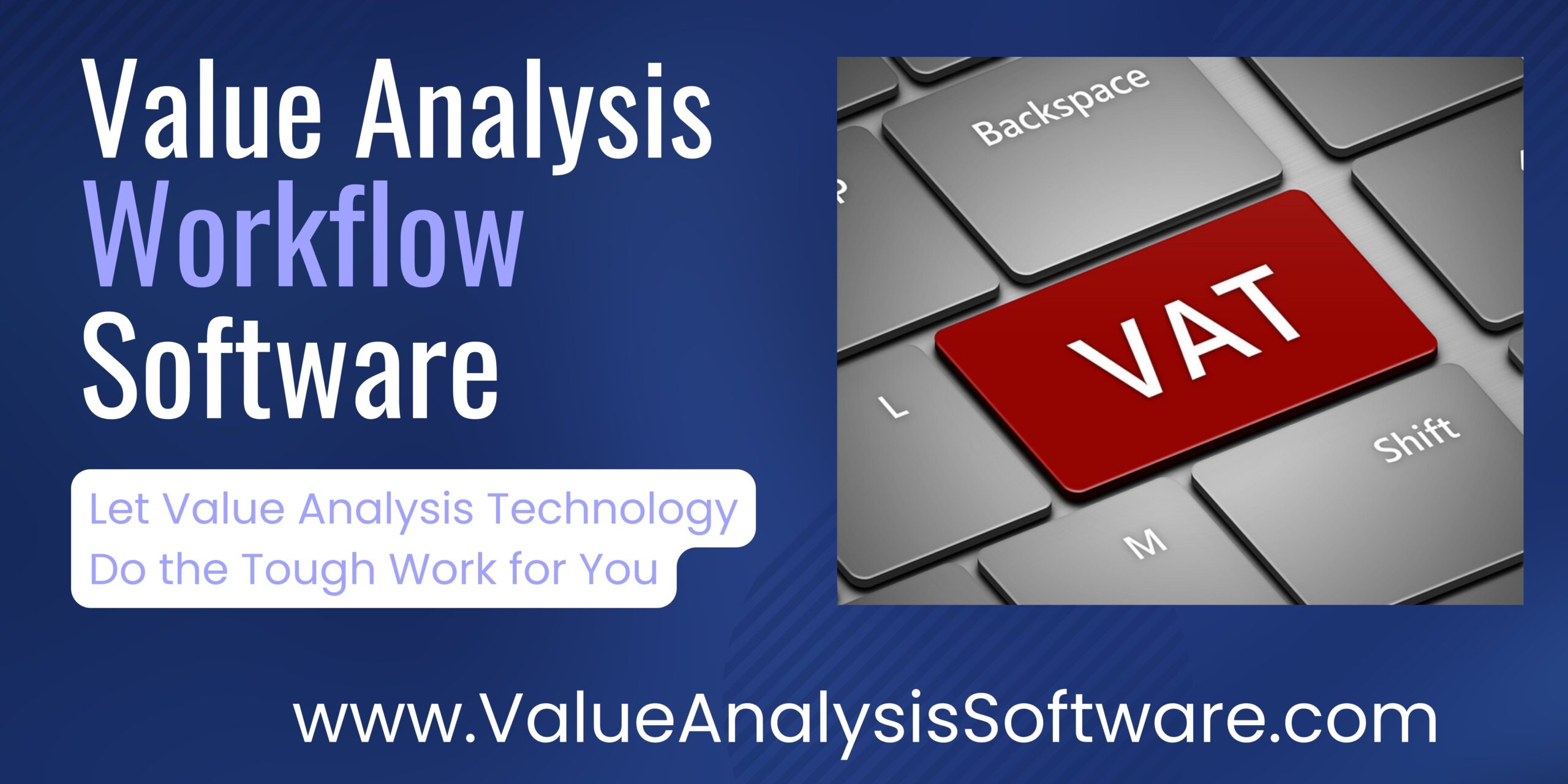Efficiency is critical in hospital supply chains — not just for cost control, but for ensuring consistent, high-quality patient care. Two primary strategies dominate hospital supply chain discussions: pricing management and consumption management. While both aim to improve financial and operational performance, they approach the problem from different angles.
Pricing Management: Cutting Costs on the Front End
Pricing management focuses on negotiating better rates for medical supplies and equipment. Hospitals typically work with GPOs, distributors, and manufacturers to secure lower prices through bulk buying or long-term contracts. This approach can yield significant savings for high-cost items such as surgical implants, pharmaceuticals, and diagnostic equipment; however, relying solely on price negotiations has limitations. The reality is that price-based savings are now subject to the law of diminishing returns. It’s still important to pursue cost reductions where possible, but pricing alone is no longer a major driver of impact. Even with favorable pricing, excessive or inefficient use of supplies can drive up overall costs. In essence, buying cheaper doesn’t always mean spending less.
Consumption Management: Using Smarter, Not Just Spending Less
Consumption management, by contrast, addresses how supplies are used within the hospital. This strategy involves monitoring usage patterns, reducing waste, preventing overstocking, managing feature-rich products, and standardizing products across departments, which can provide savings from 5% to 12% of total supply chain budget. It is key to consider patient volume centric metrics, such as patient days, surgical cases, and lab tests, and compare them historically within your health system as well as against peer hospitals.
Advanced analytics and benchmarking help hospitals understand consumption trends, flag unusual usage, and align purchasing with actual demand. This approach not only improves cost control but can also enhance patient safety by reducing the risk of expired or inappropriate products being used.
Striking the Right Balance
An effective hospital supply chain strategy combines both pricing and consumption management. Focusing solely on price can lead to underestimating hidden costs like waste and feature-rich products. Hospitals that balance strong supplier negotiations with data-driven usage oversight are best positioned to lower total supply chain costs without compromising quality of care.
Article by:
Danielle Miller, Healthcare Data Specialist, SVAH Solutions, and Managing Editor of Healthcare Value Analysis and Utilization Management Magazine
Articles you may like:
Incorporating Clinical Supply Utilization Management Into Value Analysis





